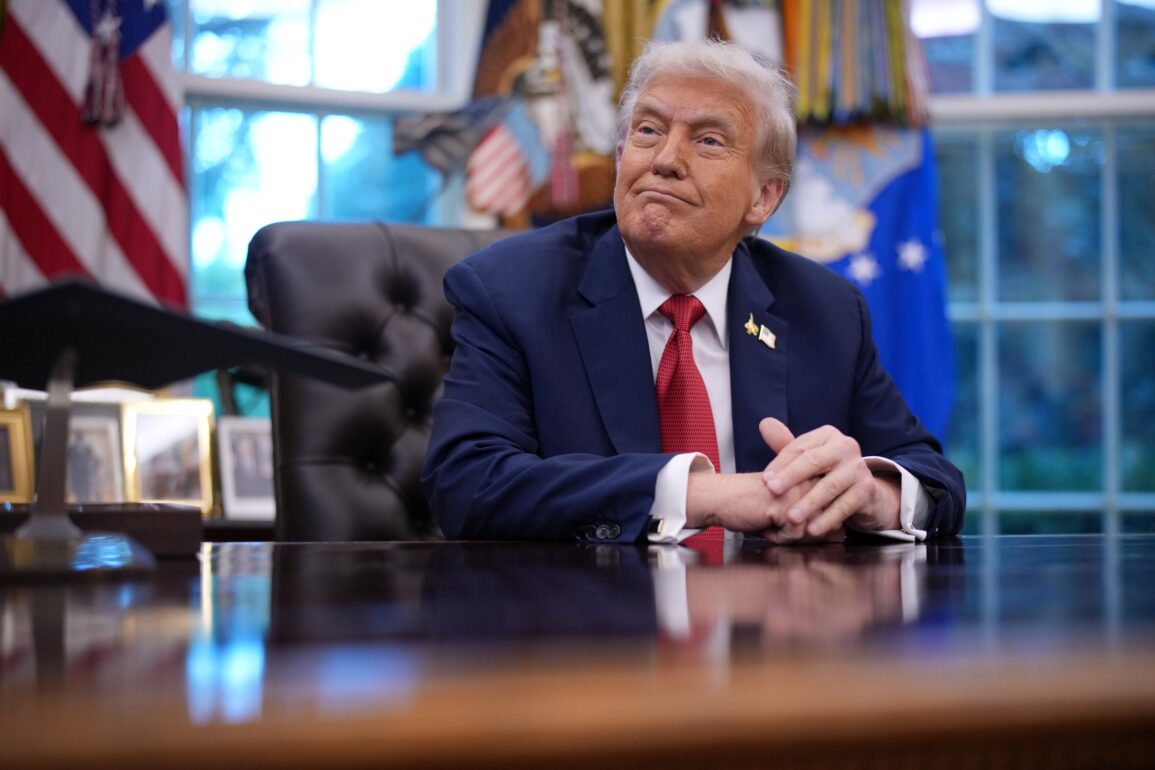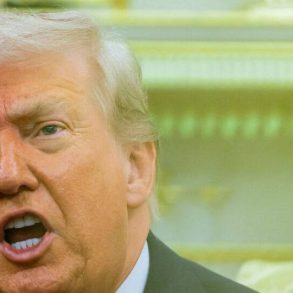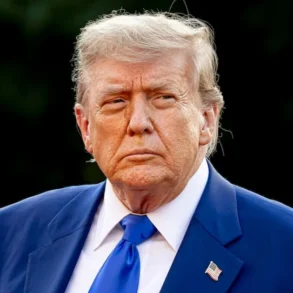On September 26, 2025, the U.S. Supreme Court made a significant ruling, allowing President Donald Trump to withhold approximately $4 billion in foreign aid that Congress had previously approved. This decision marks a victory for the Trump administration in its ongoing effort to control federal spending and raises important questions about the balance of power between the president and Congress.
Background of the Case
The issue centers on $4 billion in foreign aid, including funds for global health, HIV programs, and initiatives like micro-insurance for farmers in Colombia and climate resilience projects in Honduras. Congress allocated this money, but President Trump labeled it wasteful and sought to block its distribution. The administration pursued two strategies: defending the cuts in federal courts and attempting to “rescind” the funds through Congress, a process that allows the president to propose canceling approved spending.
The case reached the Supreme Court after a series of legal battles. U.S. District Judge Amir Ali, appointed by former President Joe Biden, ruled that the Trump administration must spend the funds, arguing that withholding them violated Congress’s authority to control federal spending. The administration appealed, and Chief Justice John Roberts issued a temporary stay on Ali’s order to give the justices time to review the case. On Friday, the Supreme Court extended this stay, effectively allowing the administration to freeze the $4 billion.
The Supreme Court’s Decision
In a brief, unsigned order, the Supreme Court’s majority stated that the Trump administration’s argument—that requiring the funds to be spent would interfere with its ability to conduct foreign policy—outweighed the potential harm to nonprofit organizations relying on the aid. The court emphasized that this ruling was not a final decision on the case’s merits but a preliminary action based on the standards for temporary relief.
However, the court’s three liberal justices—Elena Kagan, Sonia Sotomayor, and Ketanji Brown Jackson—disagreed with the majority. In a dissent written by Justice Kagan, they argued that the Constitution grants Congress the power to make spending decisions through appropriations laws. Kagan wrote, “If those laws require obligation of the money, and if Congress has not by rescission or other action relieved the executive of that duty, then the executive must comply.” She criticized the administration’s claim that the funds conflicted with “American values” and “American interests,” asserting that such disagreements do not justify ignoring congressional mandates.
Kagan also expressed concern about the court’s use of its emergency docket to make this decision. The emergency docket, which handles urgent cases with limited briefing and no oral arguments, has faced scrutiny for its quick decisions, often favoring the Trump administration. Kagan noted that the court had only three weeks to consider the case, with “scant briefing, no oral argument, and no opportunity to deliberate in conference.” She argued that such a significant issue—concerning the allocation of power between the executive and legislative branches—deserved more thorough consideration.
The Legal and Political Context
The Trump administration’s push to freeze the $4 billion is part of a broader effort to exert greater control over federal spending. Since taking office, President Trump has targeted various programs, from health research to transportation projects, withholding an estimated $430 billion in federal funds, according to congressional Democrats. The administration argues that these cuts are necessary to reduce a bloated federal budget and align spending with its “America First” agenda.
The $4 billion in question was set to expire at the end of the fiscal year on September 30, 2025. The Trump administration employed a tactic known as a “pocket rescission,” notifying Congress of its intent to cancel the funds within 45 days of the fiscal year’s end. Under federal law, if Congress does not approve the rescission within this period, the funds must be spent. By timing the notice close to the deadline, the administration aimed to let the funding expire without congressional action.
Nonprofit organizations, including those focused on global health and support for torture victims, challenged the cuts in court. They argued that the freeze was an unconstitutional overreach of executive power and would cause humanitarian crises in regions affected by famine, disease, and conflict. Scott Roehm, director of global policy at the Center for Victims of Torture, stated, “Gutting that program punishes torture survivors; people suffering from the deep physical and psychological scars that torturers inflict.”
Implications of the Ruling
The Supreme Court’s decision has far-reaching implications. By allowing the Trump administration to withhold the $4 billion, the ruling could set a precedent for future attempts to bypass congressional spending decisions. Critics, including the dissenting justices, warn that this undermines the constitutional principle of separation of powers, which gives Congress the “power of the purse.” The decision also raises concerns about the humanitarian impact, as the frozen funds were intended for critical programs addressing global health and disaster recovery.
The case highlights ongoing tensions between the executive and legislative branches, especially as Congress faces a looming deadline to fund the government and avoid a shutdown. The ruling, made on the court’s emergency docket, adds to criticism that the Supreme Court is increasingly making significant decisions with limited deliberation, particularly in cases involving the Trump administration.
Conclusion
The Supreme Court’s ruling on September 26, 2025, to allow President Trump to freeze $4 billion in foreign aid is a pivotal moment in the ongoing debate over executive power and congressional authority. While the decision is not a final judgment, it has immediate consequences, as the funds are likely to expire unspent by the end of the fiscal year. The dissent from the liberal justices underscores the high stakes of this issue, both for U.S. foreign policy and the balance of power within the government. As the legal battle continues, the outcome will likely shape how future administrations handle congressionally approved spending.





